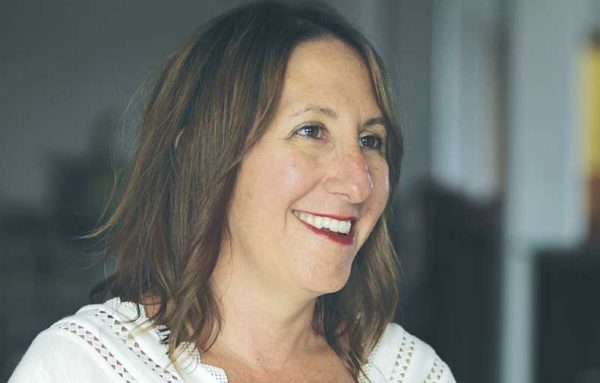UPDATE: Continuing the Fight to Stop Eversource’s East Boston Substation
As eversource plows ahead with plan to build a dangerous electrical substation in East Boston, CLF and GreenRoots continue with fight to stop it.
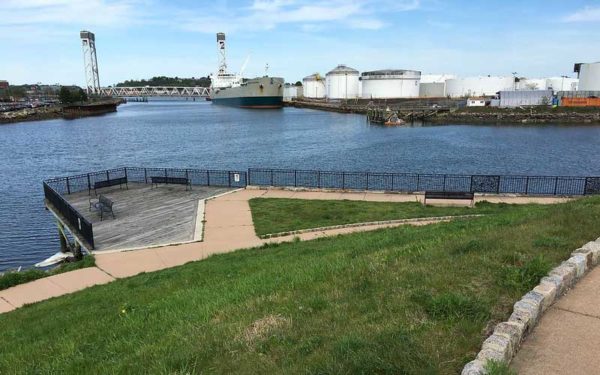
As eversource plows ahead with plan to build a dangerous electrical substation in East Boston, CLF and GreenRoots continue with fight to stop it.

For decades, low-income, immigrant, and communities of color across New England have been overburdened by air pollution from power plants, congested highways, and industrial facilities. CLF connected with two of our Massachusetts-based partners to discuss what needs to change to relieve these burdens and how racism contributes to environmental justice inequities.
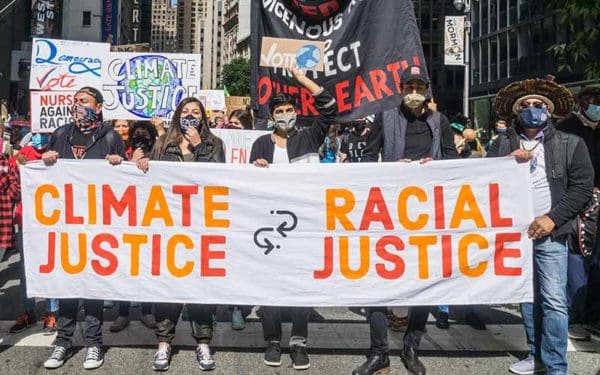
Low-income, immigrant, and communities of color experience more environmental burdens than whiter, wealthier neighborhoods. Having strong environmental justice legislation would make a significant difference in these neighborhoods, in part by simply ensuring residents have a voice in what happens in their own communities.
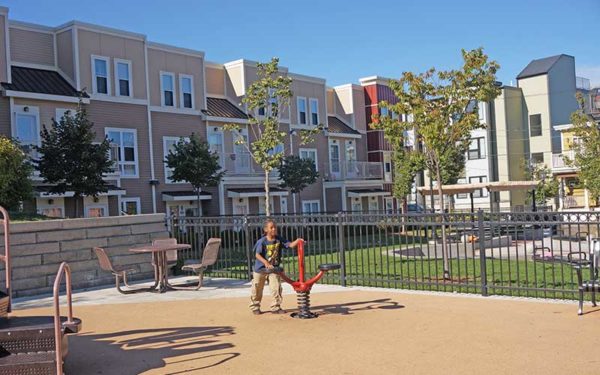
Environmental justice requires reversing and repairing the impacts of decades of environmental racism. Residents of environmental justice communities are the most likely to bear the burdens polluting industries and infrastructure, while having to fight for their share of resources we all need — healthy homes, schools, transit, food, and open space.
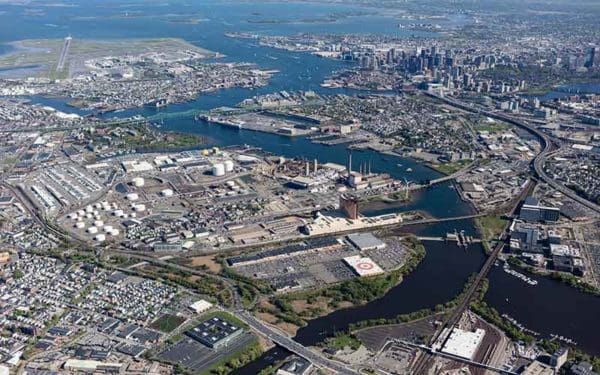
For decades, low income, immigrant, and communities of color across the Commonwealth have disproportionately born the burdens of air pollution from power plants, congested freeways, and industrial activity. After generations of disenfranchisement, what would having strong environmental justice protections mean for these communities?
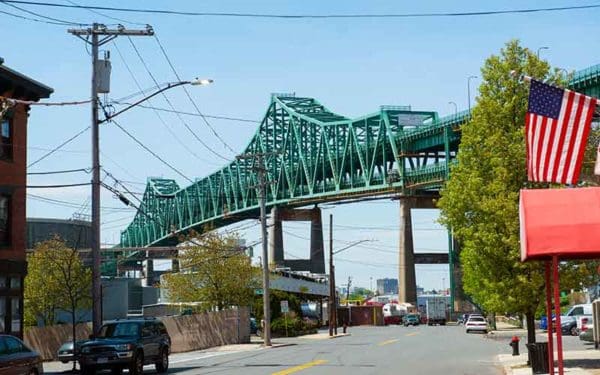
Decades of environmental injustices won’t be addressed without strong legislation to drive change. Local organizations are working to reduce burdens on environmental justice communities, but it’s up to the Massachusetts legislature to redress decades of wrongs and put our state on a path to a more equitable future.
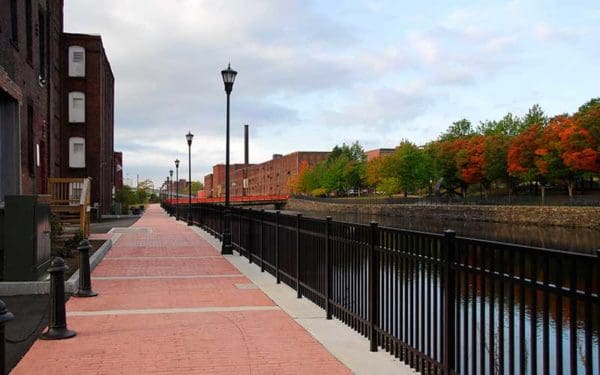
East Boston residents overwhelmingly oppose a proposal to build a massive electrical substation in their neighborhood. In a case highlighting issues of language justice, many residents have been unable to participate fully in public proceedings because of inadequate translation services.

Leilani Mroczkowski is a Community Engagement Coordinator for GreenRoots. I’m always struck by how open people are to sharing their stories. Usually, all you have to do is ask. But what’s more important is to listen. On a hot summer evening this past August, I joined five young researchers in the GreenRoots Environmental Chelsea Organizers… Continue reading Building Stronger Communities from The Ground Up
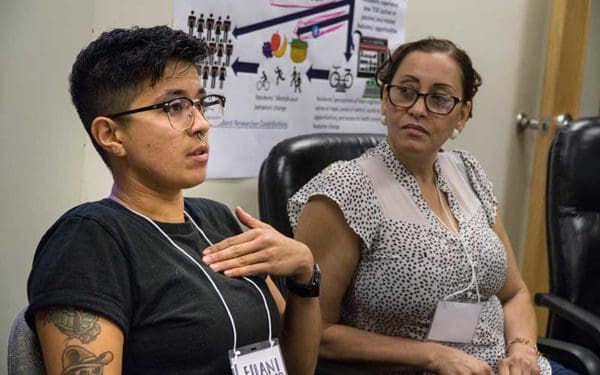
On a Thursday night in late November of last year, residents from Chelsea and East Boston came out in force for a meeting of Massachusetts’s Energy Facility Siting Board. At issue: a proposal by Eversource, the state’s largest utility company, to build and operate two new 115-kilovolt underground electric transmission lines and an above-ground substation… Continue reading Massachusetts Environmental Justice Act Moves Forward
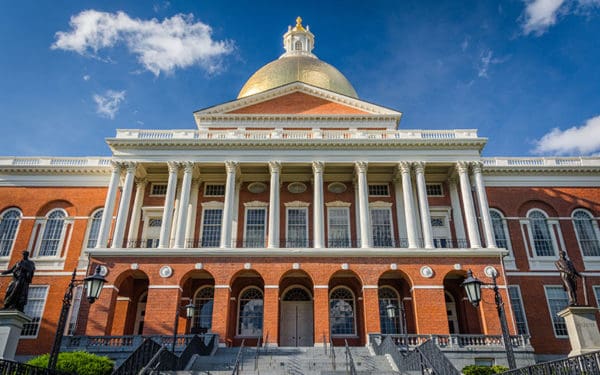
Roseann Bongiovanni is a lifelong Chelsea resident who has led significant environmental justice campaigns for more than 21 years. She is the Executive Director of GreenRoots, Inc., an organization dedicated to achieving environmental and climate justice for Chelsea. Growing up in Chelsea and neighboring Everett, many in our community, myself included, never realized we were… Continue reading Community Voices: A Message to ExxonMobil
